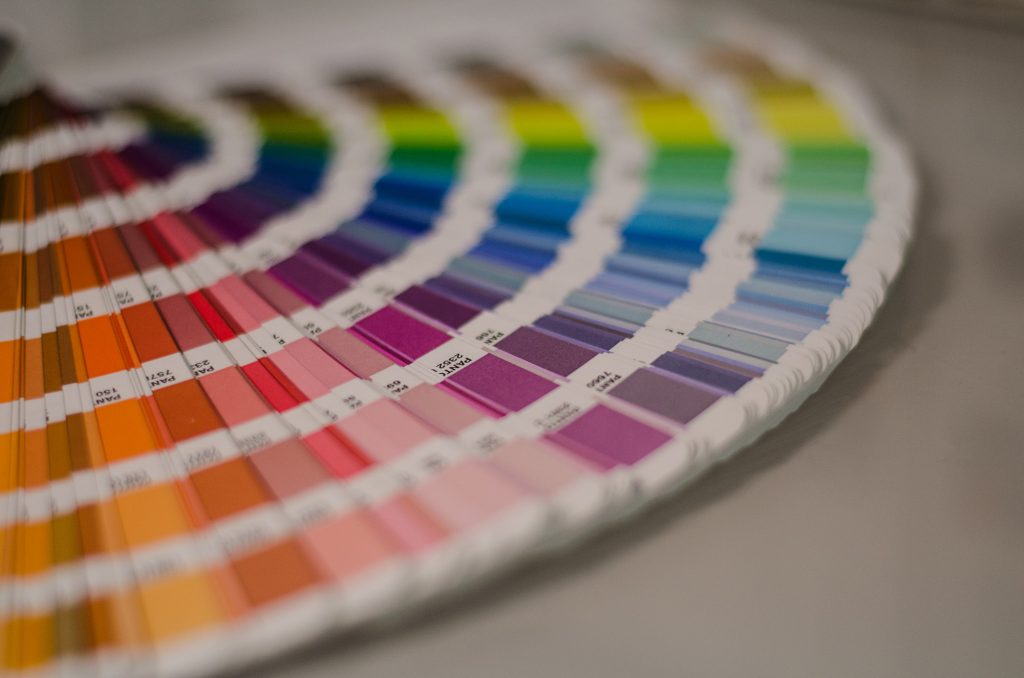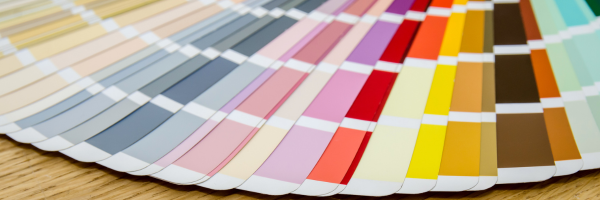Colors deviate. That’s a fact all printers have to keep in mind when producing printed or digitally decorated products. However, making sure that your products come out as they should is not as hard as you might think. What you need is color management. And to be able to color manage, you need to do one thing: measure.
Why is color measurement important?
What you want to acheive in printing is color consistency in what we call “3xP2P”: Consistent color from print to print, printer to printer, and plant to plant. Printed products need to look the same no matter where in the world they are printed, which printer is used, or when the last run was printed. To reach this goal, color management is indispensable. However, in order to efficiently manage color you first need to be able to objectively describe a color. This is exactly what color measurement intents.
Human beings are subject to their own, unique perception of color. That is why two people talking about the same color can perceive them quite differently. While one person may notice ever so slight changes in hue, it is all the same color to the next. What further complicates this is when the environment changes. If we look at the same color in bright sunlight or on a cloudy day, our perception is certainly altered, too. Now imagine two people on different sides of the world looking at the same sample. They can hardly talk objectively about the color they see.
So, as soon as the human eye is involved the discussion about color is subjective. As explained above, measurement aims to make it objective. This enables color management and therefore P2P-consistency.

When do you measure?
In order to ensure color consistency during the whole process, you need to measure during that whole process. That means first during profiling, by printing and measuring measurement targets, and then also while printing. Why? There are many factors that can influence the printed result during the printing process: inks and substrates can vary between batches, and the production conditions change over time (e.g. temperature, humidity, and air pressure). If we only measure once during profiling, the printed results will increasingly deviate from our desired outcome. It is therefore best to continually measure the printed products, in order to verify that the color still is correct. By doing so, slight color changes can be noted and adressed before they become visible to the human eye. Measuring like this does not only make it much easier to manage color deviations, but also saves time and costs by reducing the amount of wrong prints.
Putting a measurement system in place might sound intimidating at first, but it will proof worth the investment soon.
How do you measure?
There is a variety of measurement devices (spectrophotometers), of all shapes and sizes. Smaller ones may be handheld, bigger ones mounted. Some are automated, others operated manually. And the technology used within them can also differ, for example the angle from which the light shines on the subject. This is why it comes to no surprise that prices vary considerably between different devices.
Choosing the right measurement device is crucial for success. There is no “one size fits all” with measurement devices, and looking at the individual case is inevitable. Factors that influence the right choice are the material of the objects measured, their size, and the speed in which they need to be measured.
ColorGATE supports different measurement devices, which you can find here. We are happy to help you find one that fits your needs exactly!
We discussed that measurement is important in order to obtain exact color while printing, that measuring once is good, but measuring often is better, and we described the variety of measurement devices that are available. Hopefully you found this article interesting and learned something new from it. If we can help you with any questions or inquiries, please contact us here!
